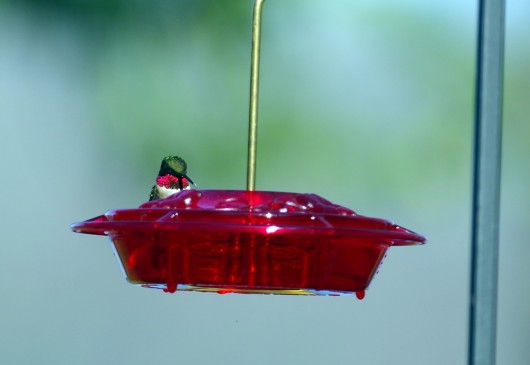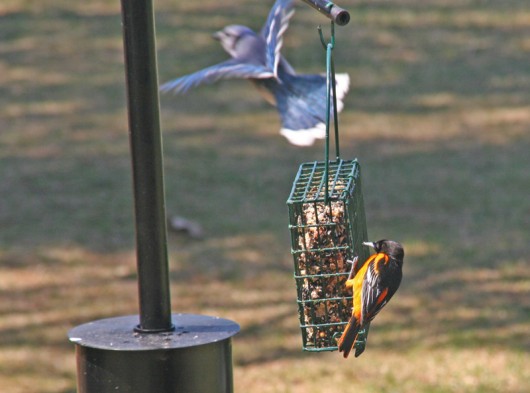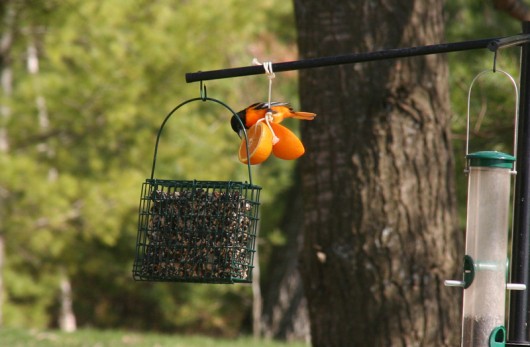Today’s a day for putting a not-so-beautiful critter in a prominent place. This big Snapping Turtle hauled herself, probably herself (we didn’t ask), out of the water onto the island at the south end of the lake. It’s near the time of the year when Michigan mother snappers will lay their eggs in sandy soil. That happens in late May to early June. We’re sort of there. It’s not easy to find sandy soil on Long Lake islands. So she probably has to start looking kind of early.
Snapping turtles aren’t attentive parents. Mother will lay the eggs. She buries them so hopefully they won’t all be eaten by the egg eaters and then leaves them. If they escape being somebody’s breakfast, a few months after the eggs were laid the hatchlings will, well, hatch. They head for the water. Eggs that were kept warmer turn out to be females. Eggs that were kept colder turn out to be males. Let’s not try to glean any greater truths from that.
A snapping turtle has a small shell relative to its overall size. It can’t pull all its vulnerable parts under its shell, so that may account for its aggressive temperament. On land, don’t mess with them. It’s not really a good idea to help snappers cross roads by picking them up. That bony beak has no teeth but steer clear or you may not be so accurate counting on your fingers anymore. But in the water these big guys are meek. They like to hide in the mud with just their heads sticking out. They aren’t likely to bite off your toes. Anyway, that’s what U of M BioKids tells kids. U of M wouldn’t fib. While a snapper is buried in mud, they will open their mouth, hoping to attract prey with a dangly part that looks a bit wormlike. If you don’t look too closely, I suppose.
Snappers are omnivores. We have two families of Canada Geese that are already hatched and pooping all over our lawns. There are five little goslings in one family and four in the other. They are small enough that a big snapper could…well…it would probably be very mean to hope for that.
And here is one of Long Lake’s loons doing that half-submerged thing that they do.
It looks like at least one pair and possibly one solo loon have joined us this year. It’s still hard to tell. Soon the pair should set to nesting. Hopefully they won’t nest where the careless will assemble, especially the careless who also travel about with dogs. If we and they are lucky, around the 4th of July we’ll see one or two chicks riding on their parent’s back.
We took pity on the Baltimore Oriole trying to feed at our hummingbird feeder. That didn’t work out well. Steve put out an orange. It can’t seem to get enough of it and keeps coming back for more.
And, speaking of the hummers, they are back and they are hungry.










